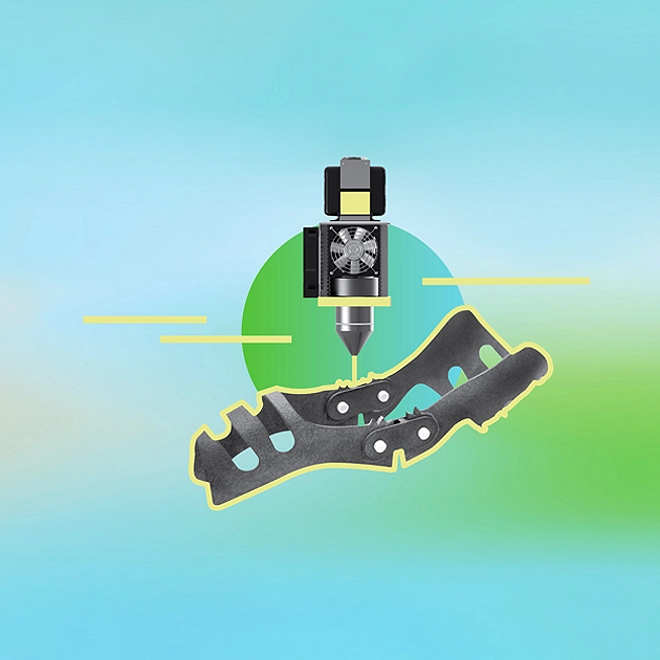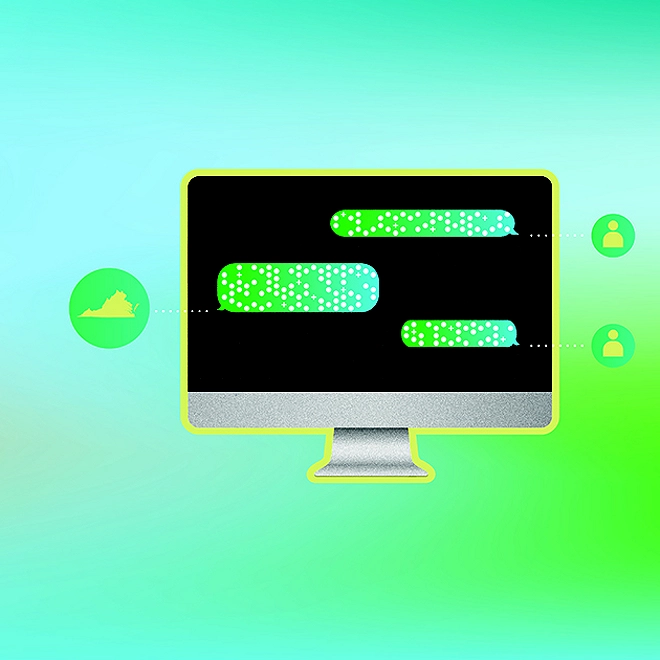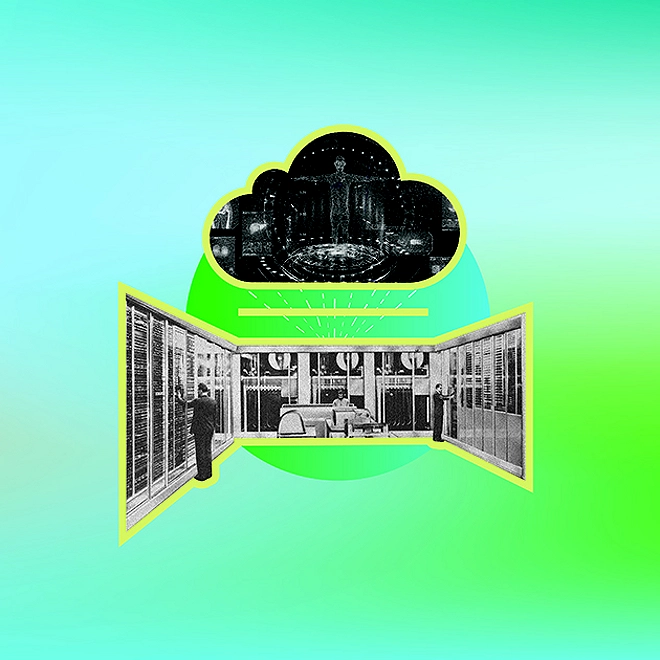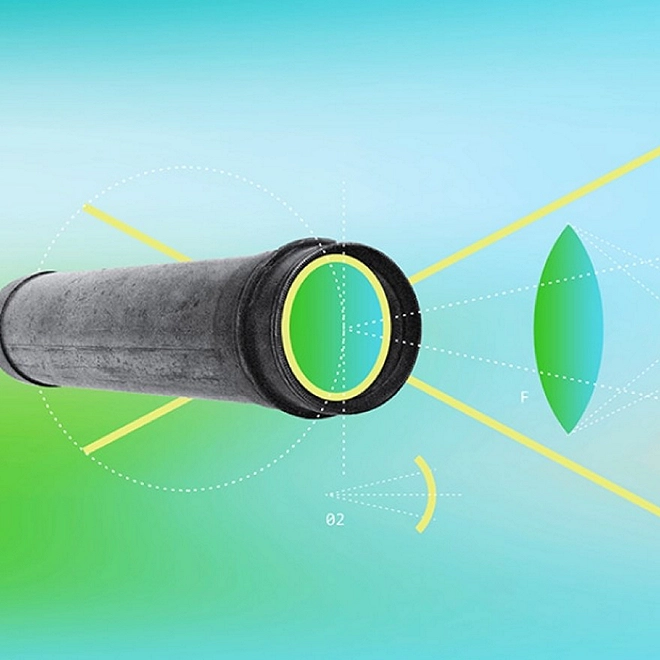The Transportation Security Administration makes digital transformation human
How the TSA’s digital ID systems build on human trust to enhance aviation security
The Transportation Security Administration (TSA) screens around 2 million passengers per day, a number that is climbing steadily as pandemic-weary travelers return to the skies. To help its transportation security officers handle the growing travel volume and to streamline the screening process for passengers, the agency is calling in reinforcements in the form of innovative identity verification solutions that could, in certain cases, reduce the need for passengers to even show their physical ID as they make their way through the airport.
Under a project that is being trialed at airports across the United States, TSA is developing its next-generation credential authentication technology (called CAT-2) that enables passengers to scan their own ID and have their picture taken. TSA’s system ensures the ID is genuine, not counterfeit, and biometrically compares the ID scan with the photo to ensure they are a match. Passengers who are part of a DHS Trusted Traveler program such as TSA Precheck or CBP Global Entry can skip scanning their ID entirely and have their photo taken for comparison against biometric data they already submitted as part of the enrollment requirements of those programs. TSA is also working closely with various industry partners, including Apple Inc., to ensure mobile digital credentials such as state-issued mobile driver’s licenses are securely provisioned and interoperable with TSA’s checkpoint system.
Jason Lim, TSA’s identity management capability manager, says the program will not only enhance aviation security but also help reduce friction at security checkpoints because it takes something humans struggle with—repetitive tasks that demand extreme attention to subtle detail such as checking IDs with minute security features—and offloads it to machines, which excel at these kinds of tasks.1 This, in turn, frees up the human workforce to focus on what it does well, which is make higher-level decisions based on training, experience, and situational context.
“Our philosophy for automation is building systems that use machines for what they do best and save the cognitive bandwidth of humans for what they do best,” Lim says. “We’re trying to optimize the process as a whole to divide and conquer for enhanced security and better customer experience.”
Keeping the human in the loop in this way is a key part of building trust in the process. A major focus of the project has been managing change and ensuring the traveling public and the TSA workforce adopts the new tools. Facial recognition technology has advanced so much in the last few years that the top-performing vendors evaluated by the National Institute of Standards and Technology deliver comparable results, Lim says. While the technical sophistication of the artificial intelligence–enabled algorithm running behind the scenes is important, the real test is whether people both trust and value its output.
“What we’re designing is an interface of trust between a human and a machine,” Lim says. “Now you’re taking an input from a machine and feeding it into your decision-making. If humans don’t trust machines or think they’re making the right call, it won’t be used.”
TSA is currently planning the rollout of the project, which it expects will begin in earnest in 2023. With thousands of screening lanes at over 400 federalized airports in the United States, it’s expected to be one of the largest deployments TSA has ever executed. Strategically managing the deployment of the technology will be important to its success, Lim says.
“While the scaling of the technology is difficult, the scaling of the deployment and the behaviors around it is extremely challenging,” he says. “This is a social-technical system we’re deploying.”
This article is an independent publication and has not been authorized, sponsored, or otherwise approved by Apple Inc.
Topics in this article
- Transportation & Logistics
- Aerospace & Defense
- Emerging technologies
- Digital Transformation
- Tech Trends
Technology
Today, business and technology are inextricably linked. And keeping pace with the emerging technology landscape can be difficult for even the most tech-savvy leaders. Deloitte can help. Our technology professionals have deep experience applying technologies to help you achieve your business goals.
Learn more
- Explore the Trend Lines collection
- Learn about Deloitte’s services
- Go straight to smart. Get the Deloitte Insights app



